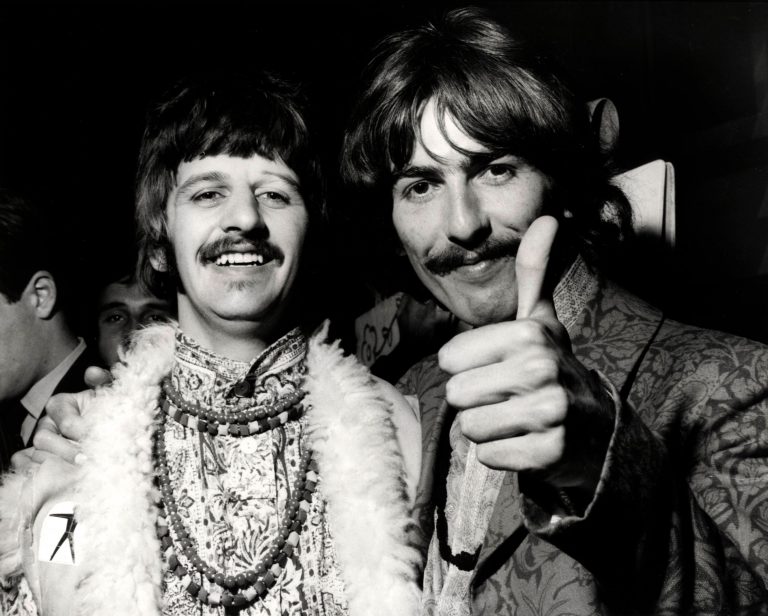In the momentous year of 1969, the iconic Beatles found themselves at a crossroads, grappling with profound challenges that threatened to pull them apart.
As they embarked on the recording sessions for their album “Let It Be” in January, the simmering tensions within the band began to surface, casting a shadow over their once harmonious dynamics.
Amidst this turmoil, one member, George Harrison, reached a fateful decision – he chose to step away from the group, contemplating a permanent departure.
The heart of George’s discontent lay in the strained relationship with his fellow bandmate, Paul McCartney, and this emotional struggle was not only visible to those within their close circle but also captured for posterity in the candid “Let It Be” documentary.
Yet, the turbulent tale of the Beatles didn’t end there. Whispers circulated of a heated confrontation between George and John Lennon during the intense recording sessions, and Ringo Starr, too, had already taken a hiatus the previous summer, fatigued by the mounting internal conflicts.
Amidst the backdrop of mounting uncertainties, John Lennon and Yoko Ono’s decision to exchange vows in March 1969 further fueled doubts about the band’s endurance.
However, the Beatles remained determined to create and share their musical genius with the world, unfazed by the challenges ahead.
“I’ve Got a Feeling” emerged as one of the last remarkable fruits of collaboration between the legendary Lennon and Paul McCartney.
Interestingly, it was following John’s wedding that the two came together, resolving to record the song without the involvement of their other bandmates.
In a secluded sanctuary of creativity, they breathed life into the composition, and their synergy resonated powerfully, propelling the track to become the final Beatles No. 1 hit in England.
Their musical brilliance was an enduring testament to the unyielding spirit of the Beatles, even in the face of adversity.
In the midst of the pause between the Let It Be and Abbey Road sessions, John found inspiration in the personal narrative of his recent nuptials, leading him to pen “The Ballad of John and Yoko.”
With only Paul available for the recording, the duo embarked on a musical journey, with John lending his mesmerizing guitar and vocals, while Paul masterfully wielded his bass, piano, and drumming skills, stepping in for George and Ringo.
The magic of the Lennon-McCartney alchemy was palpable, as “The Ballad of John and Yoko” emerged as yet another timeless masterpiece etched into the Beatles’ legacy.
Assisted by the expertise of George Martin and Geoff Emerick, the song was transformed from an idea to a fully-fledged recording, all in the span of a single captivating afternoon.
Though facing criticism and censorship due to its provocative lyrics, the song’s allure proved unstoppable.
Embraced by devoted fans and radio stations alike, it soared to become the Beatles’ final No. 1 single in England, marking a triumphant crescendo to an extraordinary musical journey that captured the hearts of millions.
In the annals of musical history, the tale of the Beatles remains a symphony of brilliance and resilience, echoing through time as a testament to the boundless power of artistic expression and the indomitable spirit of four visionary souls who forever changed the world with their harmonious revolution.

